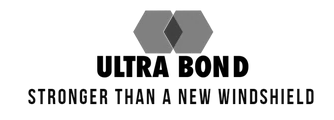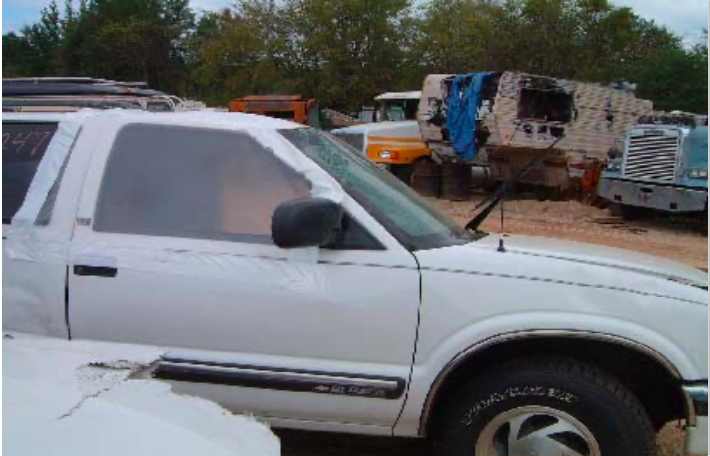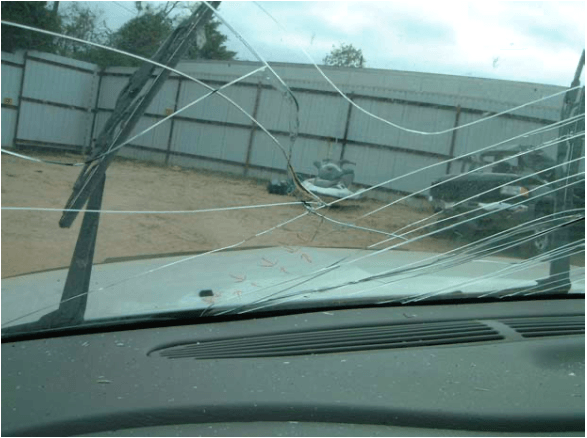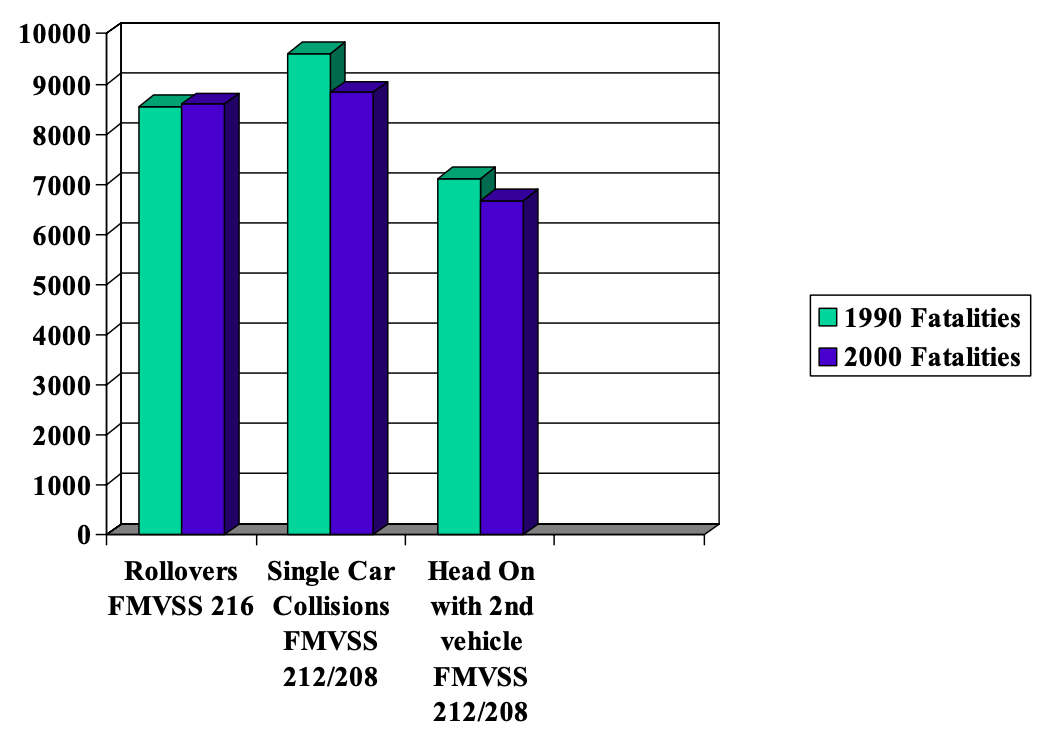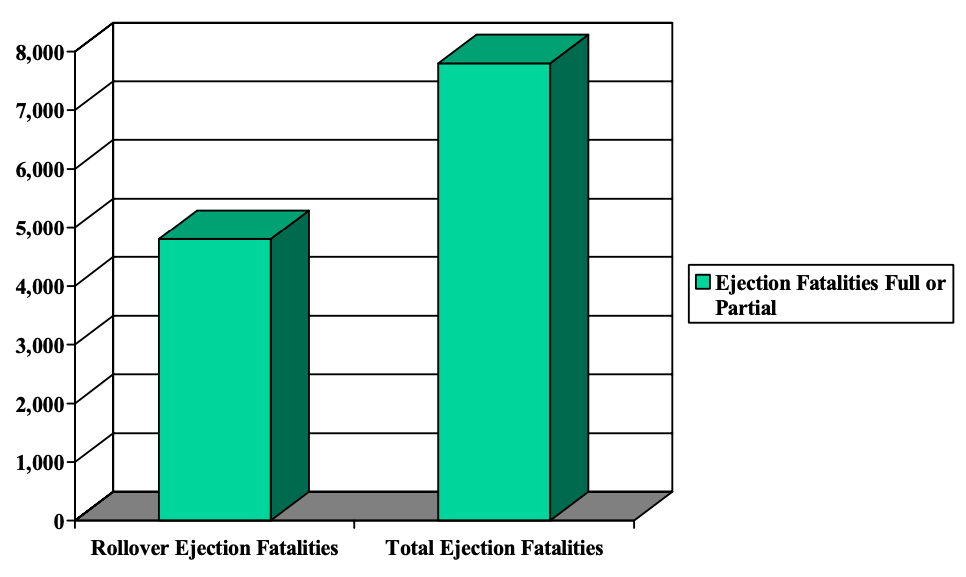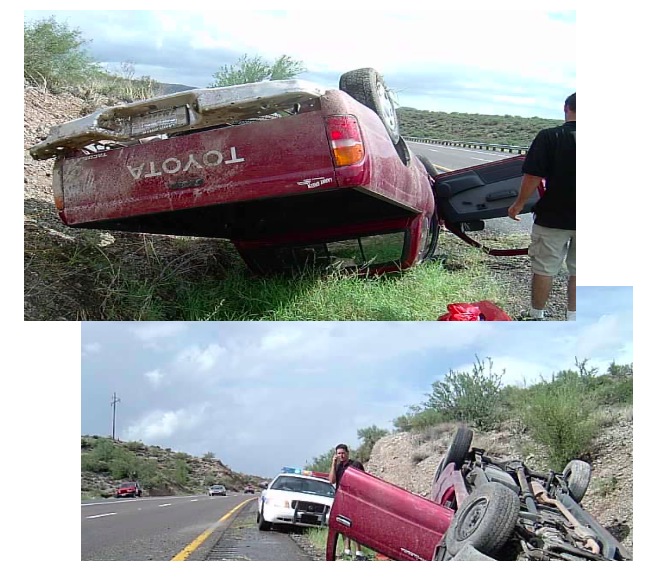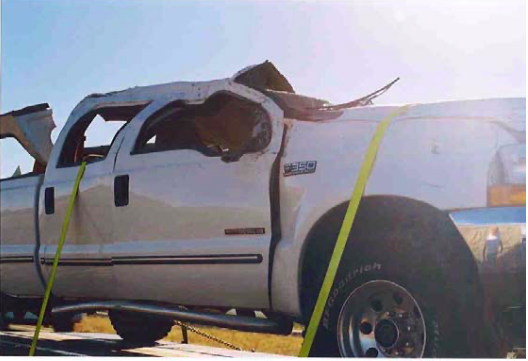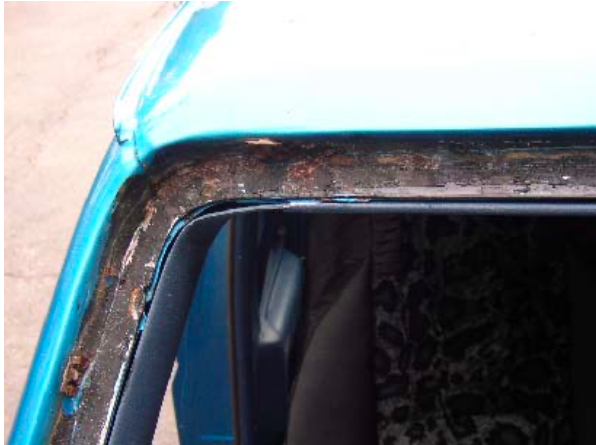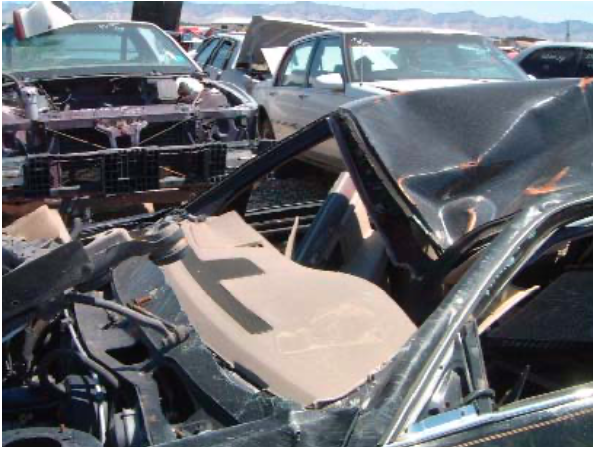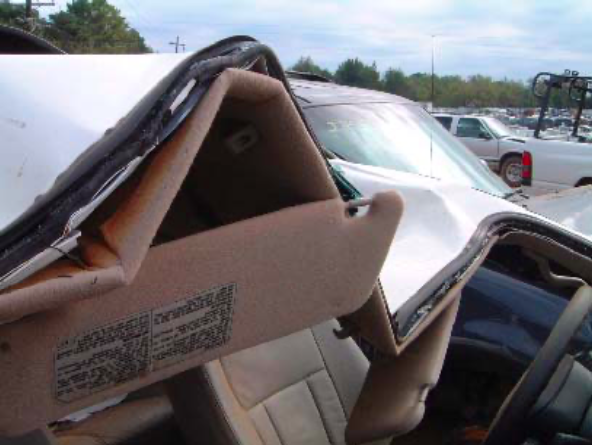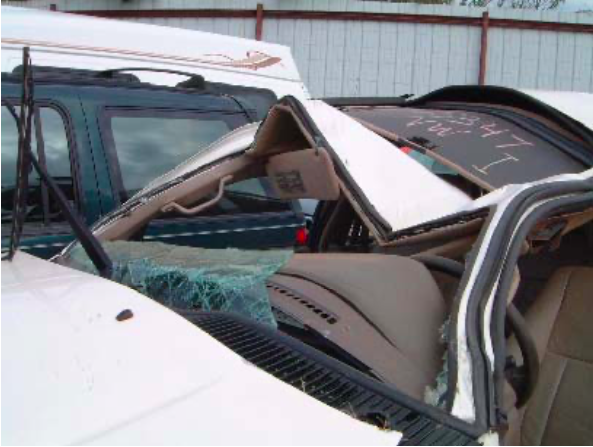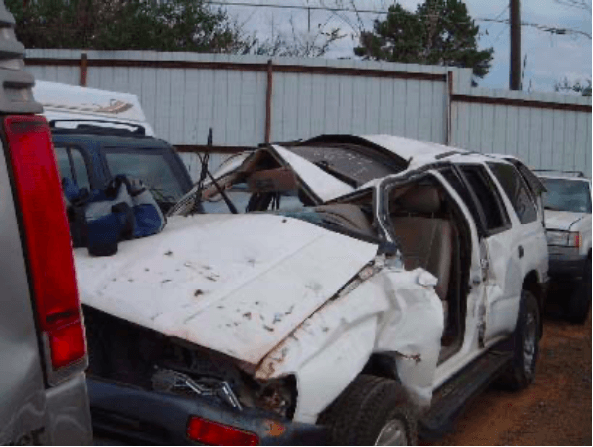TOPIC:
Does Close Cutting Cause Rust?
Article By Mark Rizzi
ACR Glass
A short time back, Carolyn Rack of Beyond Parts and Equipment Magazine, (BP&E serves the automotive repair industry, with an emphasis on collision repair, including glass repair; 16,000 circulation, nationwide), called me and told me that someone she knows had removed a windshield from a vehicle and found a large amount of rust on the pinchweld of the windshield opening. Also noted: the windshield had been previously replaced by someone using the "close cut" or "shortcut" method. This was assumed to be the cause of the rust.
How, she asked, could the glass industry allow a practice that did such damage as
to seriously compromise a windshield's ability to support the roof and retain the passenger-side air bag as the car manufacturer designed it to? After I'd explained, she said, sweetly, "That would make a terrific article! When can you have it ready?" To keep this as short as possible, I'll generalize as much as possible from all sources well as from my own views and practices. There's a wealth of information on the close cut vs. full cut methods of windshield replacement.
Definitions
Close cut, or short cut, means removing a windshield by cutting as close to the glass as possible, leaving the original bead of urethane in place. The installer then puts a new bead of urethane on top of the original, and installs the new glass.
Full cut means removing almost all the original bead of urethane after the glass is removed, cutting as close to the pinchweld as possible and leaving a very thin layer of the original bead intact. Then a very much larger bead of new urethane is applied, and the new glass installed. Most major car manufacturers support and endorse the full cut method; some flatly reject close cutting.
Essex, manufacturer of auto glass urethane adhesive and OEM supplier to all major car manufacturers, favors full cutting. In my experience, Essex's efforts to provide information for the glass replacement industry is second to none, and the vast majority of cars come from the factory with Essex urethane under the windshield.**
The Rust Problem
On all installations, it's critical to re-prime every scratch and every bare area of ste that results as installers remove a windshield and prepare the pinchweld for installation. Only re-priming can seal the body and provide the best possible surfa for bonding again. Any exposed, unprimed area is a potential rust site. Unfortunately, many installers are too rushed to properly follow the strict guideline required for close cutting.
In my experience, the most common cause of rust is running a utility knife around the perimeter of a windshield to ease the cutout knife's passage through the old urethane. This scores the metal all around the perimeter and leaves an entire circumference of potential rust problems. Using a utility knife is a terrible practice that saves only seconds on the removal.
It takes only a couple of minutes to re-prime an exposed surface, but, again, many installers don't take the time, just don't care, or weren't properly trained in the first place. Many installers who think they're doing proper close cut installations are actually doing "fast-track" or "quickie" installations, again due to lack of training or lack of caring.
Bottom line: rust is due to very poor workmanship, no matter what the installation method.
